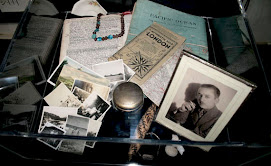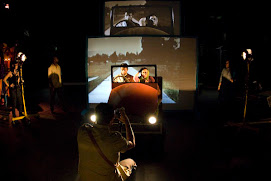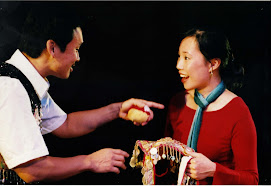I’ve been writing UNREQUITED these last couple of weeks. Immersed again in the singular and surreal reality that is North Korea; obsessed with the huge concrete shell of Pyongyang’s unfinished Ryugyong Hotel. Why a reclusive society like the DPRK, with an economy in cardiac arrest, would need a 105-storey, 3,000-room hotel is—well, a mystery. In a country of mysteries.
Also reconnecting with the plugged-in world of the South. Remembering for some reason, the omnipresent fatigue: In a Seoul café a 40-something man nods off, his coffee going cold on the table in front of him. Sprawled on nearby benches, students take a nap. While on the subway, I’d often find myself the only person in the carriage who was awake. Remembering too those conversations I had with people about traditional culture and globalisation. A recollection prompted, I suspect, by reading Nayan Chanda’s Bound Together: How Traders, Preachers, Adventurers, and Warriors Shaped Globalization, which offers more than the usual economic perspectives on this topic.
Anyway, getting ready to present UNREQUITED at the forthcoming OzAsia Festival in Adelaide, I’ve been thinking about questions of tradition, authenticity and that oft-repeated mantra: art is a universal language. Here’s where I’m up to:
Cultural traditions are porous; authenticity, like El Dorado, is a myth. For any tradition to thrive, the old and the new need to engage in a dialogue with each other. And it goes without saying that what constitutes tradition can be difficult to gauge, and even more difficult to agree upon.
I wouldn’t deny the power of art as a universal language, but would suggest that it’s a more complex contention. For example, the only time I can honestly say that I’ve ever connected with Ibsen, was through a production of A Doll’s House performed entirely in Bengali. I’ve lived happily through King Lear in Korean, and a Vietnamese adaptation of the Albert Camus play Le Malentendu gave me real insight not only into local issues specific to Hanoi at the time of the production, but also into the original 1944 context of the work. In all these cases however, what was transmitted were the storylines, themes and moral dilemmas the playwrights wished to communicate, not their manner of conveying it. So I’d venture that substance is what makes art universal; style places it distinctively, and uniquely, in its own culture.
18 September 2007
Subscribe to:
Post Comments (Atom)

+Photo+Leah+McGirr+3.jpg)




No comments:
Post a Comment